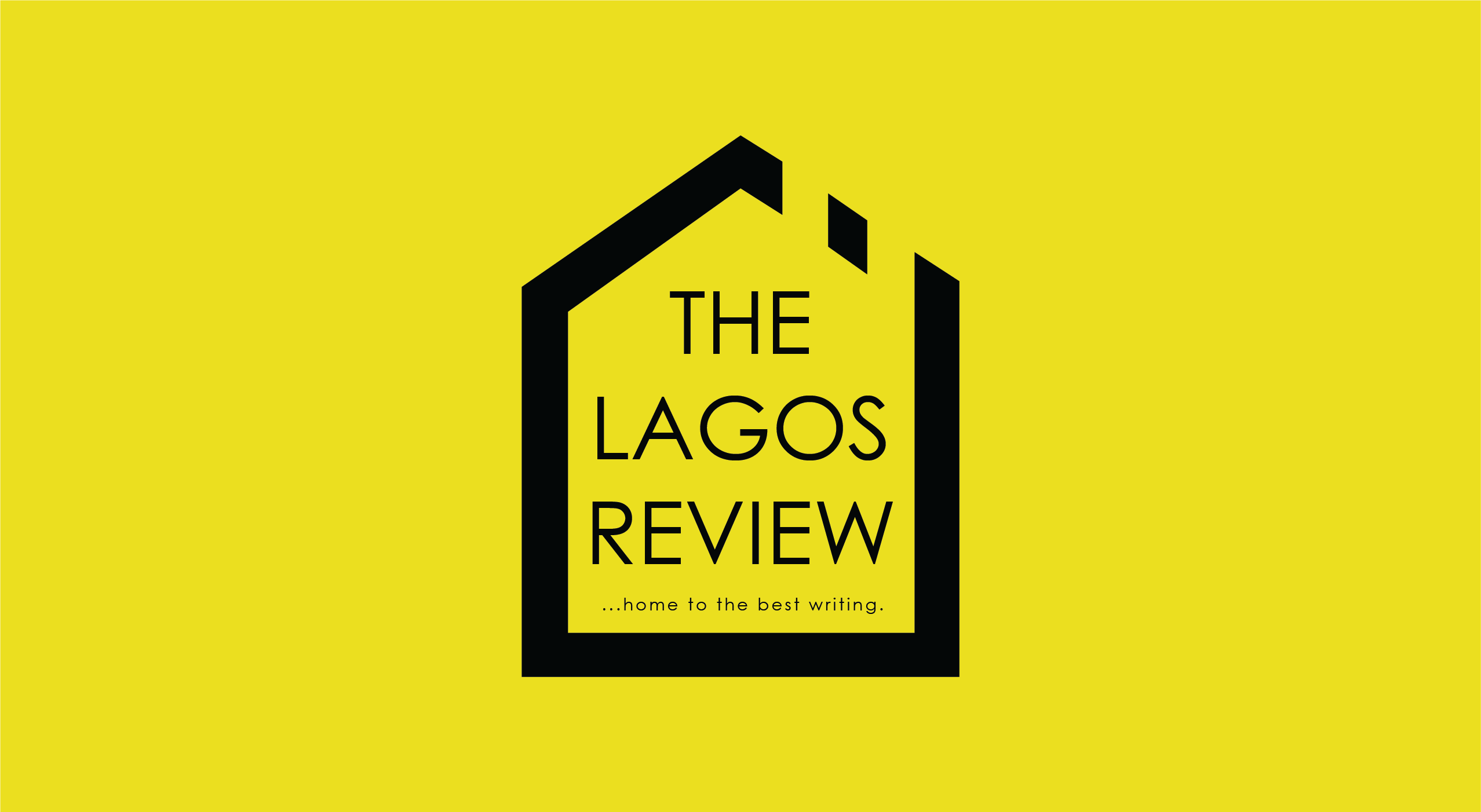Life is about dualities and binaries:
Male and female.
Masculinity and femininity.
Life and death.
Joy and pain.
Love and hate.
Ameh Egwuh’s solo exhibition proceeding under the banner Pink // Blue and currently showing at rele London plies that trajectory of binaries with subtlety and nuance. The exhibition kicks off activities and programmes commemorating rele’s 10th anniversary.

The cliché is global; boys wear blue and girls wear pink but in the hands of this artist that convention is upended and the binaries dislocated. This subversion is also evident in the works of another young Nigerian artist based in Ghana.
Samuel Olayombo’s works are masculine compositions often realised in vibrant pink hues that exude confidence mixed with vulnerable masculinity. Ameh Egwuh’s while featuring male subjects in vulnerable circumstances is different in its approach.
Another reference would be to Frida Kahlo. This may not be immediately obvious but the presence of a cat or dog or the snake in the background recalls a peculiar motif in the works of the celebrated Mexican artist.
The thirteen works on show are presented in pastel hues; pink and blue. Realised in acrylic on canvas, the works are mostly portraits of men captured in a moment in time; in intimate poses as in Misery Needs Company and Hug, horsing around as in Before the fall or expressing emotions as in Joy and happiness and A Thin Line.
The images appear to be still but there is always a tactile and kinetic element, as if the subjects have been captured at the moment just before or after movement as in Unholy Wishes which shows two men captured seemingly in the moment before or contemplating a touch.

Presented as images glimpsed in a fog, they demand that the viewer draws close to make out the subjects in the composition and with this exhibition on going in London it is difficult not to recall lines from TS Eliot’s The Waste Land:
Unreal City,
Under the brown fog of a winter dawn.
It is that foggy quality that lends the works their power and visceral energy. The viewer becomes audience and voyeur peering into a tableau that can seem private and forbidden.
And that voyeuristic quality is heightened by the implied sense of forbidden love and shame. Five of the paintings show men in intimate poses. In Misery Loves Company, the men lounge as if in post-coital repose, their faces lost in the “fog”.

Ameh Egwu’s subjects are clearly men as is discernible from their physiognomy but peer as close as you want you cannot make out their facial features. The obscured facial features heighten that sense of the taboo because unable to discern their features, the men seem to be hiding albeit in plain sight.
The sense of shame and forbidden longing also finds expression in action but it is action overshadowed by rage and pain as evident in Thin Line and Smash (which may or may not be a code for sex).
There are few images of levity in the works. The subjects appear subdued and the feeling of abjection is concretised in Wail I and Wail II.
Ameh Egwu’s solo is an interesting take on our preconceived ideas around masculinity and femininity and by subverting the gender associations his work becomes a commentary on gender fluidity and a silent wail for freedom as evident in It takes guts to be free with its biblical allusion to the serpent, temptation and “freedom”.





